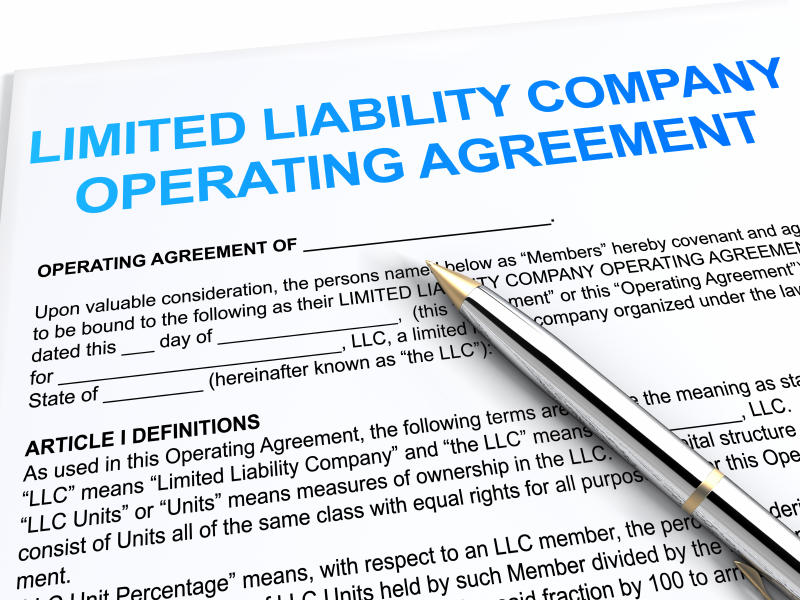Popular Ways To Fund A Small Business
December 18, 2015
Whether the funding is for kick-starting a great idea for a new business or achieving a competitive advantage that will fuel future growth, little else matters as much as having the cash to make your entrepreneurial dreams a living reality.
In order to thrive, businesses typically require hard assets such as equipment, access to real estate for things such as office and warehouse space, computer equipment, etc. In addition to these hard assets are softer assets such as employees comprising the business's work force.
Without these assets, a great idea for a new business will have a difficult time positioning itself to flourish. Acquiring access to these assets is crucial if the good idea is going to have a chance at making itself a going concern.
The pressures felt by the entrepreneur who has a great idea can be overwhelming and daunting -- especially when those pressures come with the seemingly impossible task of obtaining necessary financing to make the dream come true. This article is intended, however, to shed some light on several avenues, or funding alternatives, that are available to the entrepreneur and that are intended to satisfy the new business’s funding requirements.
SBA Programs
Perhaps one of the most well known funding alternatives is the financing available through the Small Business Administration (“SBA”). One of the advantages of the SBA is that it offers products specifically geared toward small businesses.
This definition from bplans.com zeroes in on the nature of an SBA Loan:
“[The loan] is not a direct loan from the SBA itself. Rather, it is a loan that has been made by a commercial lending partner, but that the SBA has guaranteed for these partners and that has been structured according to SBA requirements. This helps to minimize the risk for both partners and borrowers. Only those without reasonable access to other funding sources are eligible for such a loan.”
Angel Investors (“VC”):
VCs are early stage investors who are not intending to be there for the “long run,” at least not initially. VCs typically provide “kick-start” financing. Because of the high-risk complexion of that early stage, a VC is making an investment during one of the riskiest times of the investment’s life span.
For this reason, the new business owner should expect to pay a premium rate of return for the VC’s participation. It is not unusual, and should be expected, that the VC will expect:
-
a very high rate of return, as high as 25% in many cases
-
an ownership stake
-
one, or more, positions on the Board of Directors
-
key Executive/Operating positions.
The bottom line is that the VC expects to be richly rewarded for assuming a high risk investment in the start-up business.
Furthermore, when attracting a potential VC, the VC will closely scrutinize the sophistication and quality of the existing management team. After all, in effect, the VC and the business owner will be married to each other for the duration of the investment. According to Forbes: “Attracting angel investors is a tricky business, and no matter how exciting and positive the initial conversations may be, the devil is always in the details. Know your business plan, be transparent, back up your valuation with real projections (forget the BS hockey stick revenue models), and build a relationship based on trust.”
Do It Yourself (“Self Fund”):
In this approach, the business owner throws into the kitty everything he or she owns. This scenario means that there is no outside party (lender, investor, or guarantor). The borrower liquidates whatever personal assets he or she has. Also, in this approach, the borrower will often max out credit cards and leverage personal assets such as a home or whatever other assets are available.
Needless to say, self-funding is an extremely high-risk proposition to take. Should things not work out as hoped, the entrepreneur could end up losing everything. On the other hand, the entrepreneur’s actions under the self-funding approach demonstrate an exceptionally high degree of commitment to the success of the start-up business. As Forbes observes: “If you believe in your vision and have an absolute refusal to accept failure as an option, you should feel comfortable investing you own money into the business. In turn, this will make potential investors more comfortable knowing you have skin in the game. Just keep your eye on profitability!”
Small Business Line of Credit:
The primary difference between a line of credit and a regular loan is that with the loan it is drawn against usually once, that is, for the full-approved amount of the loan. With the line of credit, on the other hand, it is drawn against on an as-needed basis. When the business’s cash position permits a pay-down of the line of credit’s outstanding balance, the borrower is typically permitted to do so.
The credit line situation is potentially less expensive than the loan situation because the outstanding principal amount of the line of credit is only for funds that have been put to immediate productive use, and hence, the associated interest charge is for immediate productive use instead of just sitting in a bank account somewhere. However, the fees (other than the interest cost) for putting a line of credit in place are usually more expensive than a simple loan.
The bottom line is that the beauty of a line of credit is that the borrower can draw against the line of credit as frequently as needed (subject to outstanding principal limitations), and repayments less than 100 percent of the outstanding principal amount can be made as frequently as it makes good business sense to do so. It is incumbent on the borrower to pay attention to sensible cash management practices because of this flexibility associated with maintaining a line of credit it.
BPlan.com says this about the line of credit option: “for startups, a line of credit can help get your business off the ground, as many new businesses have limited capital needs, and a loan can quickly eat into your profits. For businesses that are already on their feet, a credit line offers a safety net, as well as great flexibility that business owners can use creatively to their advantage.”




